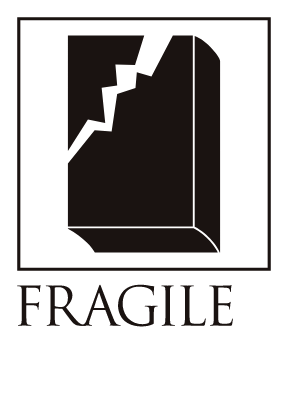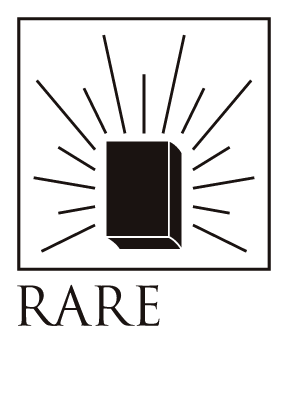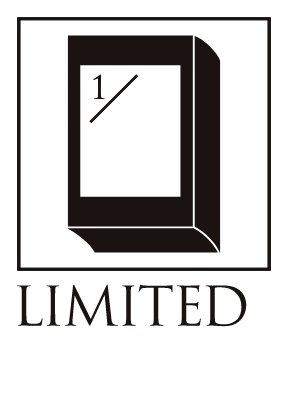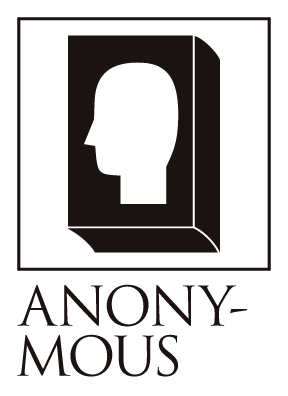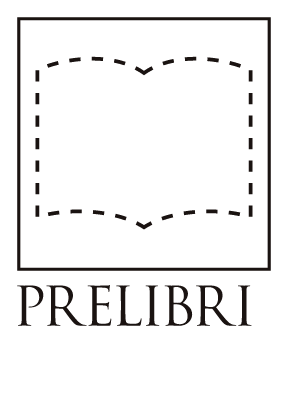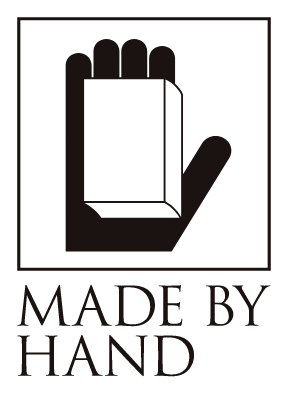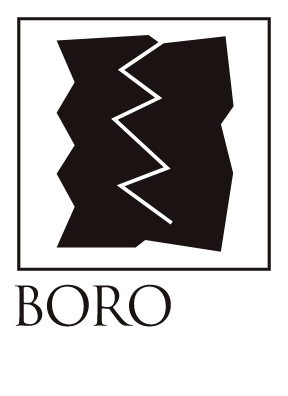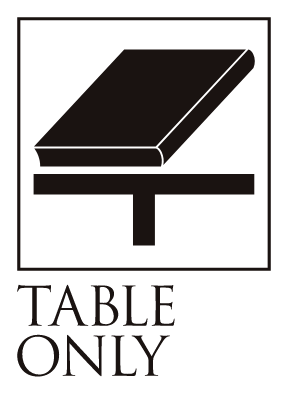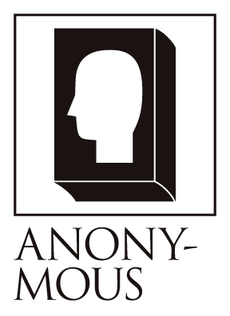Seal-format handbook (copper plate transfer paper collection)
Bibliographic Details
- Title
- 印判図案手鑑(銅版転写紙コレクション)
- Artist
- ANONYMOUS / アノニマス
- Publisher
- 私家版 / Private Collection
- Year
- 明治時代(19世紀末~20世紀初め)
- Size
- h184 × w238 × d30 mm (1冊あたり)
- Weight
- 1900g for 3 sets
- Binding
- 経本折り / accordion fold
- Materials
- Paper
- Condition
- As New / 極美
3冊セットの内2冊は染布に木版題箋、1冊は織布装に金ちらし題箋貼付(但し無題)。3冊ともに折本の両面を使い、①見開きを1面として32面・銅版転写紙約230点、②同32面・約210点、③同27面・約260点/①~③銅版転写紙計約700点所収(裏印など小片含む)。図案は花鳥風月、龍、鳳凰、麒麟、風狂人図、桃源郷図、唐子、田植え風景、漢詩など全体に東洋趣味の傾向が認められる。細密精緻な図版多数。
100 years ago
Stamp stickers that changed the world of everyday items.
The mysterious design collection has been unearthed.
"Inban" is a technique for applying a design to pottery by printing. Such ceramics are collectively called "Inbande". It is a blue and white technique for mass-producing vessels with the same pattern, and especially from the end of the Edo period and the Meiji period onwards, stencil printing and copperplate transfer printing were often used. Other examples include konnyaku inban and rubber inban.
It was an old man at a flea market stall who told me back when I was still in my 20s that this "Inban-de" was actually painted using stickers. Looking closely at Inban-de ware, it is not rare to see overlapping designs or parts of a continuous pattern missing. It seemed natural that these kinds of scratches would occur if you were not careful when wrapping the sticker-like paper around it or rubbing the pigment side. Since then, every time I went to a flea market or antique shop, I would think about the word "sticker," but I never found anything that looked like it. Then, one day, out of nowhere, I came across that "sticker." It was at a second-hand book market that I usually visit.
When it was on sale at the market, the item's name was simply "Design Collection." In fact, there were many illustrations cut out for each frame, so it would not be surprising to think that it was a design collection, design copies, or a collection of well-made sketches. However, I was concerned by some points that were clearly different from the design collections, sketches, and sample books I had dealt with up until then, such as the uniformity and consistency of the line thickness and color application, and the fact that the pigments seemed to be somewhat raised. Looking back, it's only natural that my first impression was that it was a collection of copperplate prints with an orientalist theme.
I became convinced that this was the "ceramic seal" (= "stamp") that I had been wanting to see for myself for many years, when I saw the surface where the pattern that unfolds in a band along the "rim" of the plate or bowl and the pattern that corresponds to the "protruding part" are pasted to reproduce the relative positions when the dish is actually made. This intentionally arranged pasted-up part not only tells us what the collection is about, but also forms a particularly beautiful aspect of the collection in these three volumes. A collection may be like a hidden language that is collected by the former owner with a will and intention, and waits for someone to appear who will understand the meaning by preserving the collection in a way that best shows the character of the collection.
Now, let's focus on the all-important sticker, the "copperplate transfer paper." Just to be clear, there are other types of "printing stamps," a printing technique for pottery, such as those that use stencils or rubber stamps, but "copperplate transfer paper" is the only type that took the form of a "sticker" during the Meiji period. "Copperplate transfer paper" uses a plate on which a design has been engraved using copperplate printing techniques, to print pigments for painting onto paper, and then transfers the printed pigments from the paper to the surface of the vessel. The transfer paper in this piece is made from very thin Japanese paper. Once the pigment has been transferred to the vessel, the Japanese paper is peeled off and its role is completed.
Each design accurately replicates the lines of the original copperplate print, down to the finest detail. When you trace the design, you can clearly feel the raised lines under your fingertips, indicating that the pigment has been firmly placed on the paper and that the print is of high quality.
The pigment colors are the same as those after firing, with some using green, black, and brown as well as some that are all white, which is expected to give the finished product an air-printed look.
The most striking feature of these three volumes of collections is, above all, the design of the patterns. The designs are so delicate and intricate that they are incomparable to the "Inbante" commonly seen in Japan, and many of them are reminiscent of Chinese as well as Japanese tastes. It appears that many of the transfer papers used were for high-quality "Inbante", particularly products designed for export overseas. It was in the mid-Meiji period that "Inbante" made mass production of pottery possible, at a time when the two policies of encouraging industry and promoting trade were considered important issues for the government. Naturally, there would have been a demand for pottery to develop products for export.
There was also a transfer paper with the actual European characters written on it. It was from a ceramic container of the American "Magda Toilet Cream" that was in circulation around 1890-1910. This container, made in Japan, is still a collectible today.
The introduction of printing, or "inban," to the painting of pottery eliminated the need for specialized painting craftsmen, and the era of mass production of pottery began. It is said that the "inban-te," which was born in this way, expanded its distribution range along with the development of the railway network in the Meiji period. It should also be noted that the technique of copperplate printing was transmitted from Europe to Japan in the late Edo period. It is said that Japan has added its own research into the transfer of copperplate printing technology to ceramics, but it is said that "the historical facts of where the first ceramics using copperplate transfer printing in Japan were made (omitted) have yet to be clarified."* There are still many mysteries surrounding "inban" in general, such as the details of the konnyaku version, for example.
However, there is no doubt that the impact that the stamps, which were created through technological advances and the fusion of Eastern and Western cultures, had on the ceramics world, and ultimately on the lives of Japanese people, was immeasurable.
If you are interested, we recommend that you go to an antique market at least once. Although the designs are somewhat simpler than those in this collection, not a single "Inban-de" is the same due to misalignment of the transfer paper, bleeding or chipping during transfer, etc. You should still be able to take home a variety of everyday items with traces of manual work at a reasonable price.

We also have a small stock of antique stamps.If you are interested, please contact us.
Text by Masago Sato
